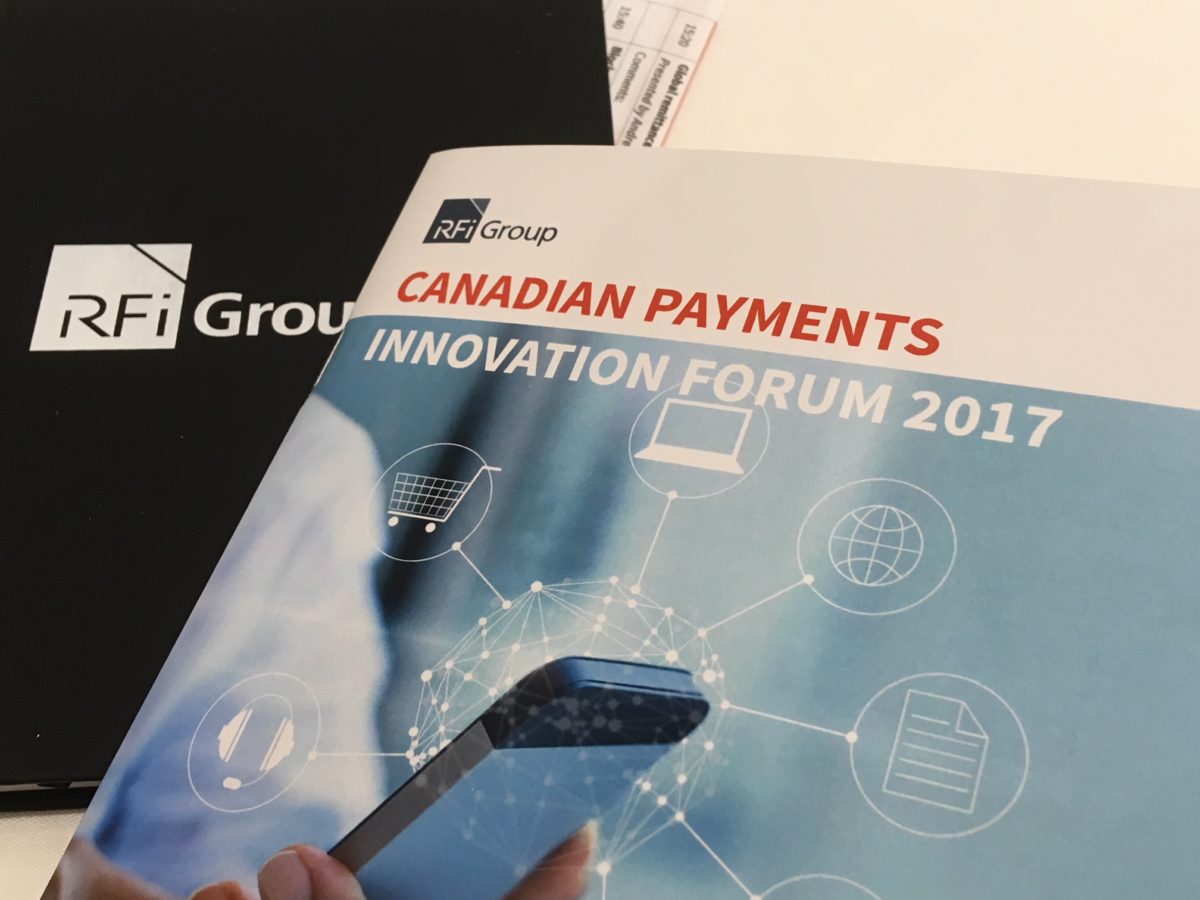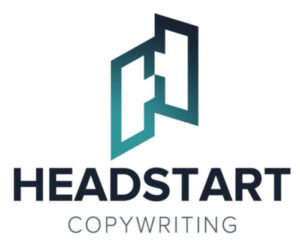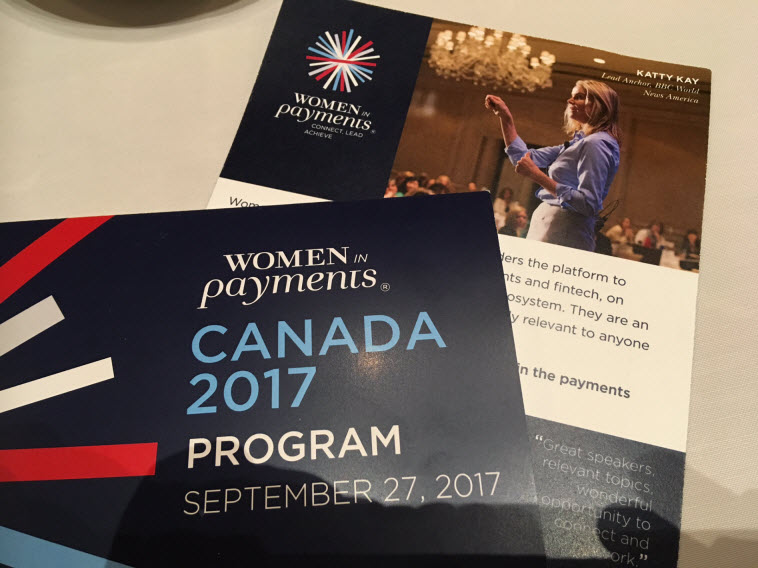Running a retail business can be all-consuming: being on top of day-to-day pressures and keeping aware of emerging trends, new developments in technology, and changes in consumer behaviour. In this ever-evolving world, attending a conference can be a great way to keep yourself, and your business, ahead of the pack.
Conferences aren’t just for the big names- they offer opportunities for all levels of business, from start-ups all the way to multi-nationals. Workshops and learning sessions are geared towards the industry, and are led by successful leaders. And they aren’t always as expensive as you might think. Some conferences offer exhibit hall access at a greatly reduced price; others provide substantial discounts for members of professional organizations.
Here are some upcoming retail conferences we’ve researched for you to consider:
Shoptalk 2018 – Las Vegas, March 18-21, 2018
The largest worldwide conference for retail and eCommerce innovation, Shoptalk offers a wide range of learning opportunities, exhibitions, and networking.
https://shoptalk.com/
Retail Marketing 2018 – Toronto, April 12, 2018.
The annual conference of the Retail Council of Canada, Retail Marketing provides a variety of keynote sessions, focused learning sessions, roundtables, and networking opportunities.
http://rccretailmarketing.ca/
Retail Innovation Conference – New York, May 1-2, 2018
Businesses that are seeking ways to change and develop will benefit from the chance to learn from innovative thinkers and the leaders of disruptive brands through workshops, panels, and networking opportunities.
http://www.retailinnovationconference.com/
eTail Canada 2018 – Toronto, May 15-17, 2018
Geared towards retailers of all levels, from start-ups to established brands, across all industries, the aim of eTail Canada is to provide effective and topical information about eCommerce. It is known for its exceptional content, presentations, and speakers.
https://etailcanada.wbresearch.com/
4th Retail Tech 2018 – Toronto, May 17, 2018
Focusing on technology and IT innovations, Retail Tech provides an exclusive opportunity for bringing the interests of business and IT together.
https://www.retailtekshow.com/
Store 2018 – Toronto, May 29-30, 2018
Billed as Canada’s biggest retail conference, Store 2018 focusses on retail, supplier, and consumer products. It offers keynote addresses, interactive panels, networking, and a full slate of exhibitors.
https://www.storeconference.ca/
Future Stores 2018 – Seattle, June 19-21, 2018
Aimed at businesses that prioritize the in-store experience, Future Stores offers retail leaders an opportunity to build their omnichannel experience to ensure future success.
https://futurestores.wbresearch.com/
photo credit: raw pixel










